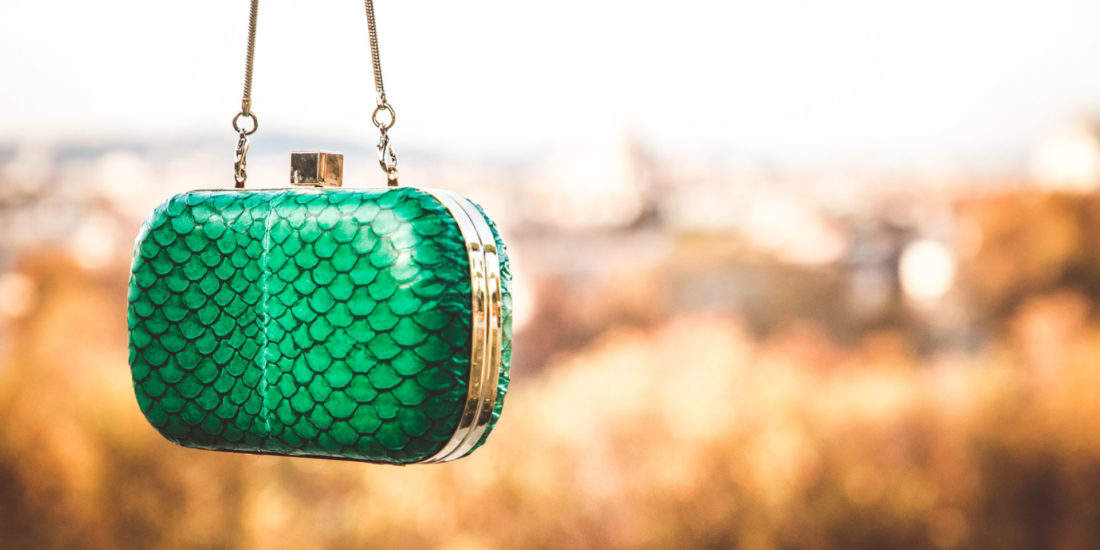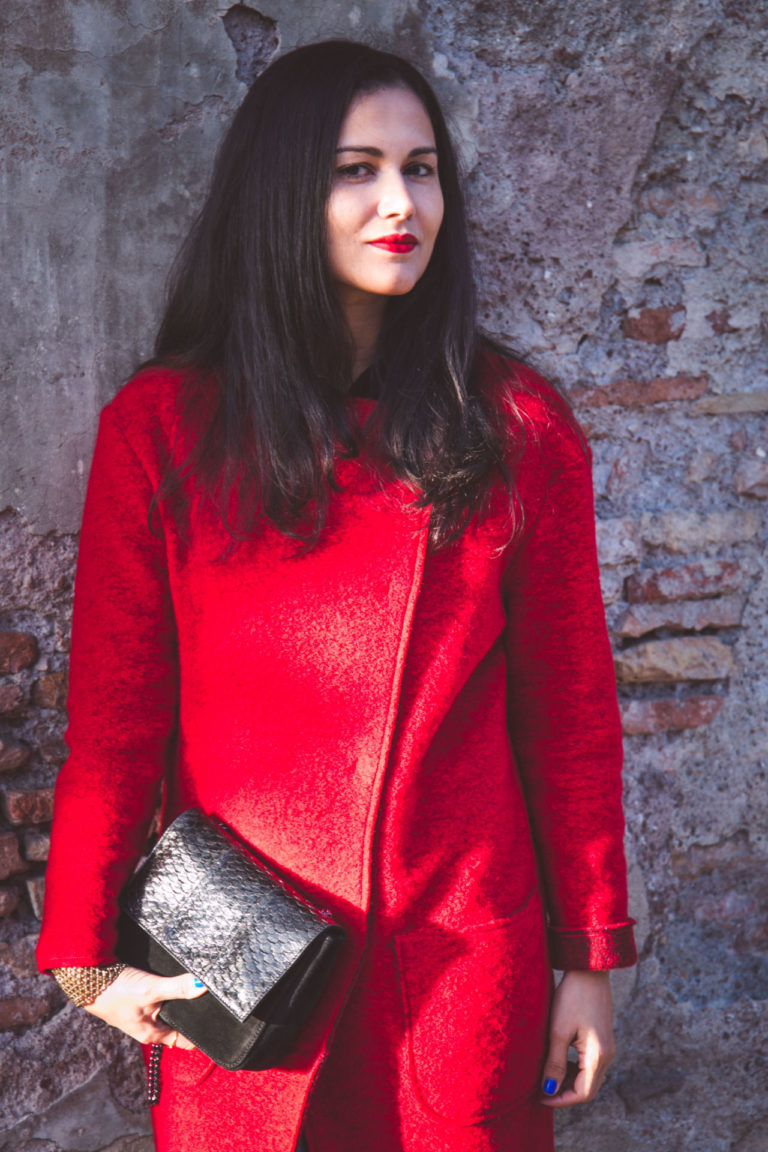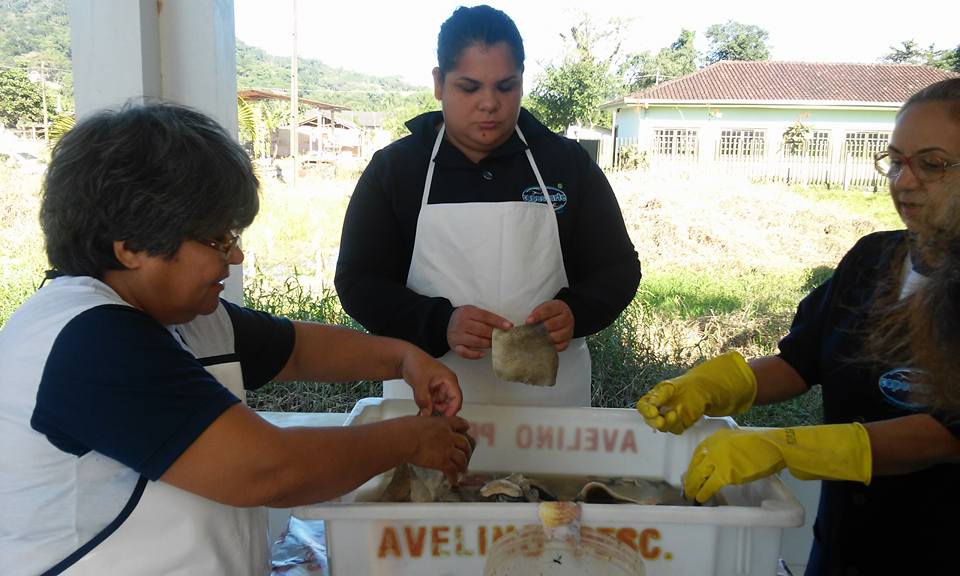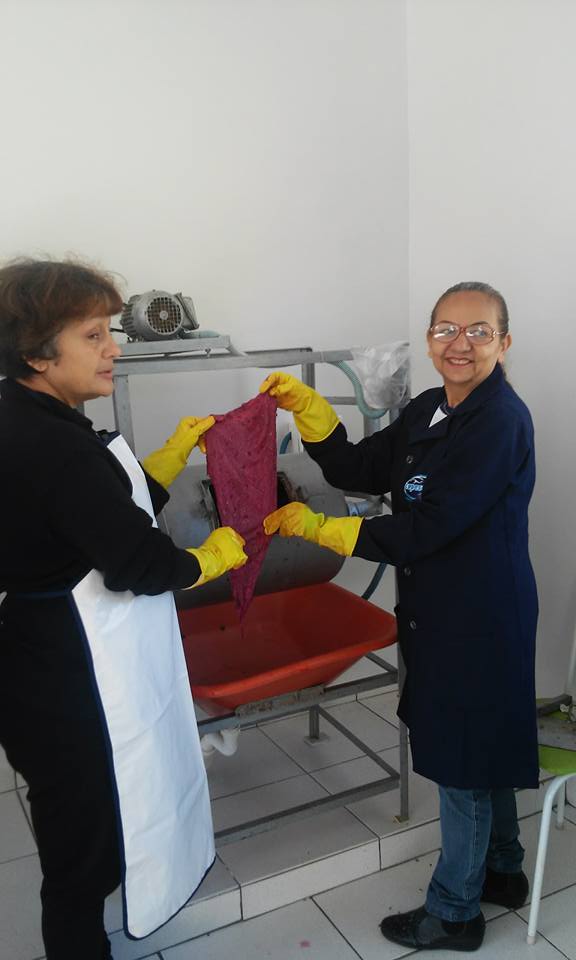Leather making has been around for more than 7,000 years. Whether we are huge fans of leather or not, the ancient Egyptians and Hebrews developed the process of vegetable tanning about 400 BCE, and it has been a staple in fashion ever since. It is used in making bags, shoes, belts, and even clothes. Though the process of leather making has undergone remarkable progress since it was discovered, modern times still present an opportunity for us to explore new and different ways of producing leather. Including fish skins to produce fish leather.
That is exactly what Barbara della Rovere, a Brazilian-Italian fashion designer, is doing.
She is making her mark in sustainable fashion through the innovative use of fish leather in creating bags. Not only is her mark seen in fashion but also in the lives of the women that are involved in creating her extraordinary masterpieces.
Here’s a glimpse of how Barbara della Rovere is creating her own path to sustainable fashion.
Please share with us how your love for fashion began. When did you decide to pursue fashion designing?
B.D.R: I have always been in love with clothes, bags, and shoes since I was a little girl. I used to make doll’s clothes from the rest of the tissues from my grandmother’s studio. I had a huge collection of fashion magazines since I was ten. I also loved playing with paper dolls and attaching lots of different clothes to it. All my games since I was little were around that.
When I grew up, I finished a B.A in Communications and worked for a while in different companies, but when I started working for a fashion brand, my life took another direction. I dropped everything to enroll at a fashion school where I learned about techniques and how to develop my creative process, I was delighted and knew that was what I had to do with my life. Some years later, I had the chance to work for an amazing brand in Brazil that was already working with sustainable materials, that more than ten years ago. When nobody was even talking about sustainability in the fashion sector.
 In the Photo: Barbara della Rovere. Photo Credit: Alice Venturi
In the Photo: Barbara della Rovere. Photo Credit: Alice Venturi
The fish leather in your bags comes from fish skins, which are sourced from a women’s cooperative in the South of Brazil. This helps women to increase income for their households. Please tell us how this partnership started. Are there more women’s cooperatives working with you presently?
B.D.R: When I decided to start my own brand, the first thing I knew was that I wanted to make my bags from fish skins. I was well acquainted with the material because I have worked with that before, but I realized there was a lack of products made of fish skins here in Europe and it was a good opportunity to start something.
I realized I had a beautiful and powerful story to tell through my bags. A story that was not mine but of those wonderful women whose lives changed through something that would be gone to waste.
Another important point for me was to work with Brazilian women. It’s a way to pay tribute to my heritage and to keep a strong connection with the country through the raw materials, as the final product would be “born” in Italy. I started working with the women from Antonina, in the south of Brazil, in 2016. They produce fish skins from the rest of the fish fillets that will be sold in the market by the local fishermen. These skins would be thrown away anyway, so what they would do is to transform them into durable leather in a simple but long natural process including the tanning. The result is a beautiful final product.
Through this process, these women who had no jobs before were able to get together and created a cooperative. They support each other not only in the financial aspect but also in the educational. Some of them were illiterate or didn’t have a diploma. For example, I only had a biologist in the team but now we have an Environmental Technician. Another addition to my team is a small community of women who work on treating fish skins of the Nile Perch in Kenya. This simple byproduct has changed their lives.
What triggered you to use fish skin in your products?
B.D.R: To be very honest, as a designer, I got attracted mainly to the texture and beauty of the material. Fish skin is so amazing! We have so many different kinds of fish, hence, we can work with different kinds of scales. A product line can be totally different from another but still using the same material, i.e. fish leather.
Besides the beautiful outcome of my product, I realized I had a beautiful and powerful story to tell through my bags. A story that was not mine but of those wonderful women whose lives changed through something that would be gone to waste.
There are so many other possibilities out there to create new materials with so much more respect for the world than what we are doing now.
 In the Photo: Women from the cooperative in Antonina working on fish skins
In the Photo: Women from the cooperative in Antonina working on fish skins
Aside from fish leather, are you exploring other materials to work with?
B.D.R: For some of my bags, I mix cow leather that I source from a tannery that collects all the leather discarded by some fashion brands and I create my designs through these materials.
But I’m testing two new materials, which are cactus leather coming from two very creative men in Mexico and apple leather from the north of Italy. There are so many other possibilities out there to create new materials with so much more respect for the world than what we are doing now.
Do you plan on launching other fashion products?
B.D.R: Everyone asks me to develop a men’s line. I have to think about it some more as it’s not my expertise. I also want to broaden my accessories line and produce computer covers, glasses case, and makeup bags. It’s a world of possibilities.
In the Photo: Women from the cooperative in Antonina working on fish skins
How else do you think can designers make fashion sustainable? What do you think is the biggest challenge in making fashion sustainable?
B.D.R: There’s a big movement going on right now in the fashion business. The Ellen Macarthur Foundation together with McKinsey issued a report called “Redesigning Fashion’s Future” where they offer a vision of a new textiles economy based on the principles of the circular economy model. I think the circular economy is the key for us to be able to still enjoy nice products. After all, fashion should make us feel confident and beautiful.
The end of these intermediate collections that came up not long ago, the so-called “cruise collection” — the massive and unethical production of fast fashion giants is a challenge. Clients should be more conscious buyers as they actually have the key to demand and change the fashion industry.
There are centuries-old ways of doing things but stagnation is not an option. Times are still changing. The times we are in call for innovation regardless of industry. Sustainable fashion is gaining ground. Equally important, it is providing economic opportunities to underprivileged groups especially women and in turn, help them become productive members of society.




 In the Photo: Barbara della Rovere. Photo Credit: Alice Venturi
In the Photo: Barbara della Rovere. Photo Credit: Alice Venturi In the Photo:
In the Photo: 






